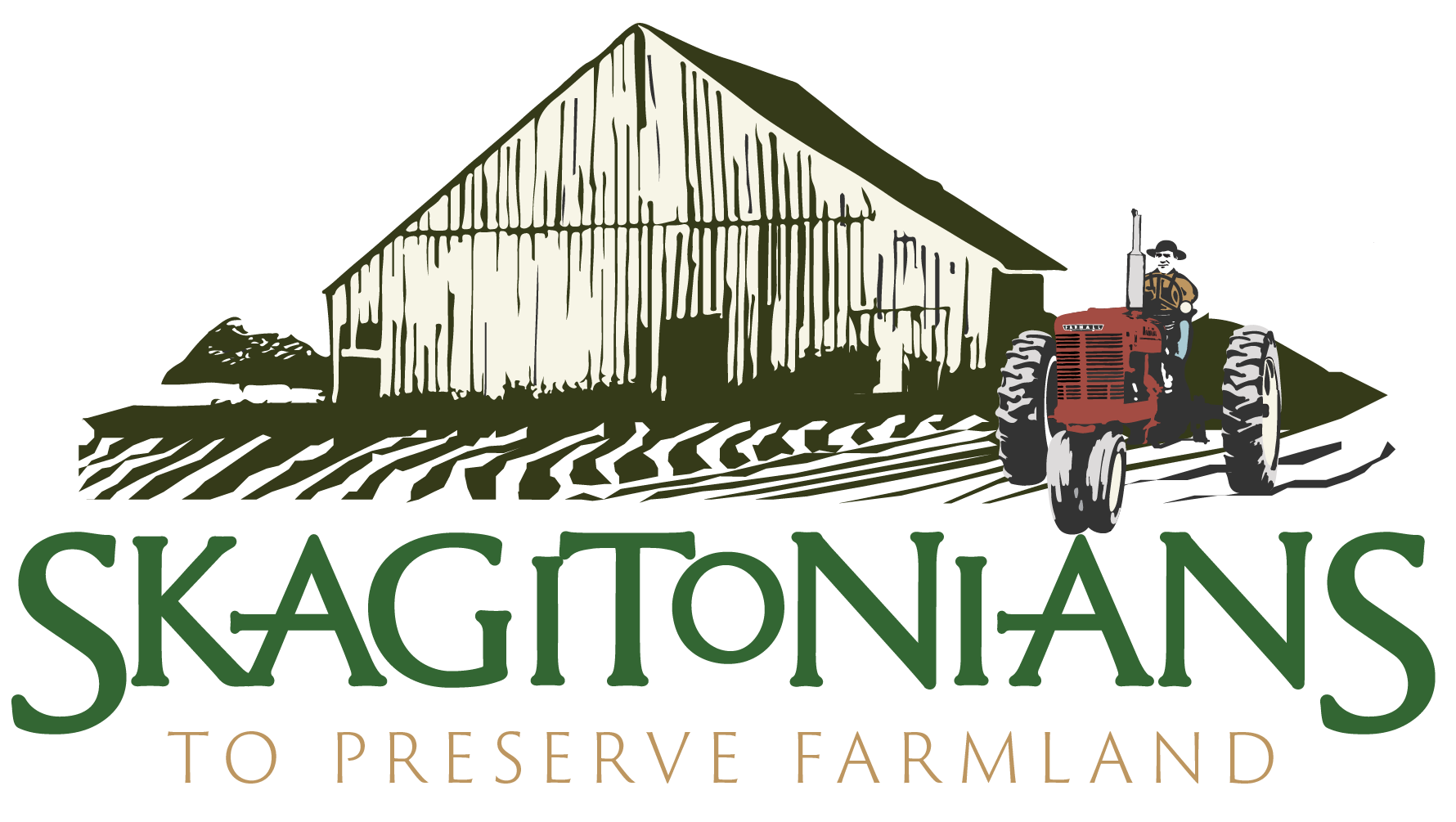Celebrating the Strawberry
... "ruffle-crowned, red-to-the-core, candy-sweet fruit,"... The Shuksan is a true delicacy that must be consumed or made into jam on the day it is harvested because it is so rich in its own natural sugars, it will macerate into mush by the next day. But, oh that one day!
Let's celebrate the first fruit of the year…strawberries!
If you're lucky enough to live in—or pass through—the Skagit Valley at just this time of year, you'll soon learn the most iconic start of the summer is not Memorial Day or the last day of school, but that first taste of a succulent, juicy, red-all-the-way-through Skagit Valley strawberry.
Simply said, there is nothing better.
A Short Historical Review
The historical record shows that strawberries were well-known in Roman times. In the first century of the common era poets Virgil and Ovid both referred to the fruit, but not as a food.
It was noted for its ornamental characteristics. The wild fruit of the time was small, tough and lacking in flavor. It was credited, however, for medicinal qualities. Among others, the ailments it was thought to alleviate included melancholia, fevers, throat infections, and diseases of the liver.
The wild strawberry was a foraged plant, found in patches in a wood. The name, strawberry, is thought by many to derive from the appearance of these patches.
Because the plant sends out runners, which can themselves take root and grow separate from the mother plant, the plant seems to be "strewn" about the forest floor. Over time, strewn became straw.
By the 1300s, the "wood" strawberry was being planted in home gardens in Europe, but it wasn't until contact with the New World in the 1600s that native North and South American strawberries were brought to Europe and, very gradually, new strains with far more pleasing traits were developed.
The Foundation of the Modern Strawberry
Today's strawberries stem (pun intended) from what's said to be an accidental cross of a Chilean strawberry from the Pacific Coast with the Virginia strawberry native to the eastern U.S. The Chilean had larger fruit, but was neither hardy nor adaptable to many growing environments; the Virginian was both. Together they are the progenitors of our own delicious treat.
Bred to Suit
Up until 1920 most strawberry cultivars were developed by growers themselves, but since that time almost every new variety has been developed by breeders working at state or federal experiment stations.
Today's strawberry varieties fall into one of three types: June-bearing, ever-bearing, and day-neutral. The June-bearing is self-explanatory. The ever-bearing, according to WSU Extension, "Tend to produce fruit in early summer and again in late summer after a significant gap in production."
The day-neutral (producing flowers and fruit regardless of the length of daylight), "offer growers…the opportunity to produce strawberries throughout a period spanning four to five months, and longer, under protected culture."
They go on to say, "day-neutral cultivars flower and fruit continuously over the growing season while temperatures remain between 40°F and 90°F."
Cultivars are bred for a variety of traits including harvesting season, ranging from very early (May) to very late (October); their growth habit defined as durable, vigorous, and disease-resistant; the size and color of the fruit; shape and firmness of the fruit (important for processed as opposed to strictly fresh-market uses); the flavor; and, of course, commercial value.
The same cultivar can produce remarkably different flavor depending on where it's grown, the given season's temperature and rainfall, and the cultural practices employed by the grower.
In Search of the Perfect Strawberry
That difference between cultivars and their traits has turned many strawberry connoisseurs into treasure hunters. A case in point is a June-bearing cultivar with a brief harvest period—only about three weeks—that is famous for its sublime taste, intoxicating scent, and great fragility.
It is the Shuksan strawberry championed by the late tastemaker Jon Rowley (credited with bringing Copper River salmon to the attention of discerning diners) and described by local food writer Rebekah Denn as, "ruffle-crowned, red-to-the-core, candy-sweet fruit."
The Shuksan is a true delicacy that must be consumed or made into jam on the day it is harvested because it is so rich in its own natural sugars, it will macerate into mush by the next day. But, oh that one day!
The 2022 Shuksan strawberries are gone now, but it is worthwhile to search out local strawberries by cultivar and learn which farm stands and farmer's market stalls offer your own ideal strawberry.
Not a Berry
Again referencing WSU (smallfruits.wsu.edu), "Strawberry plants do not produce a true berry, but rather an aggregate accessory fruit. Interestingly, the true fruits of the strawberry are the tiny 'seeds' that stud the red flesh."
The average strawberry has 200 seeds embedded in that red flesh and because "aggregate accessory fruit" doesn't have quite the same appeal, we'll let those 200 seeds retain their honorary, if misleading, name.
Nutritional Might
Strawberries are a delicious way to eat right: low in calories, relatively low on the glycemic index, chockfull of Vitamin C (a cup is 100% of your daily requirement), a source of potassium, and loaded with antioxidants and beneficial plant compounds like ellagic acid that has been shown to yield anti-cancer properties.
It is a heart-healthy fruit, considered safe for diabetics and is 26% fiber. And, did we mention they're delicious?
Make Your Day
So here's your assignment: Stop at a fruit stand, farmers market, or a grocery with local suppliers and make your day that much better with Skagit Valley strawberries.
For, as the 17th Century English writer Dr. William Butler so aptly said, "Doubtless God could have made a better berry, but doubtless God never did."
By Teresa Bennett: info@skagitonians.org



